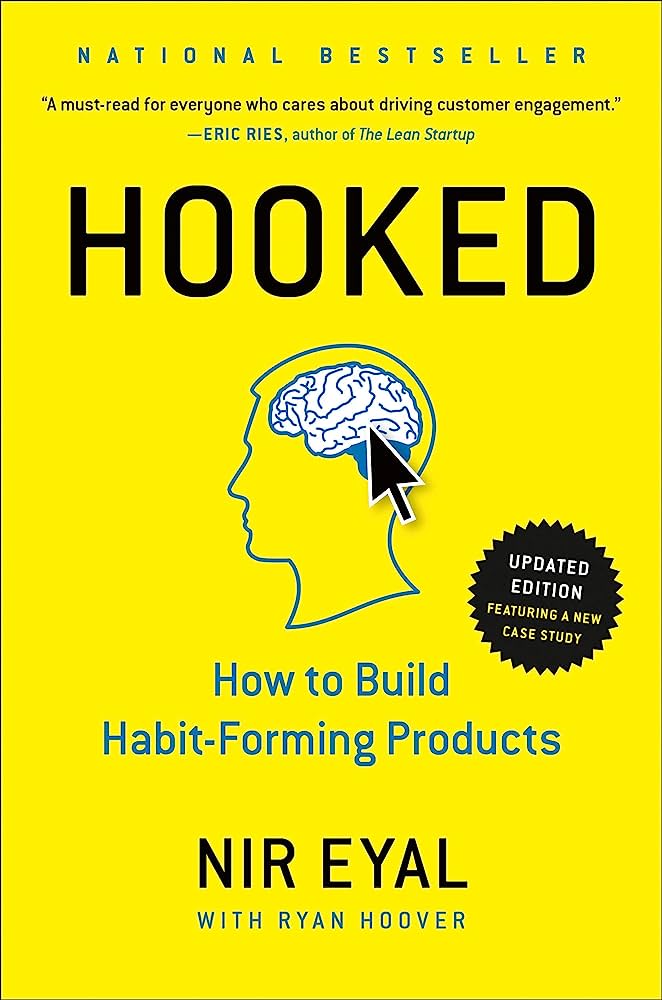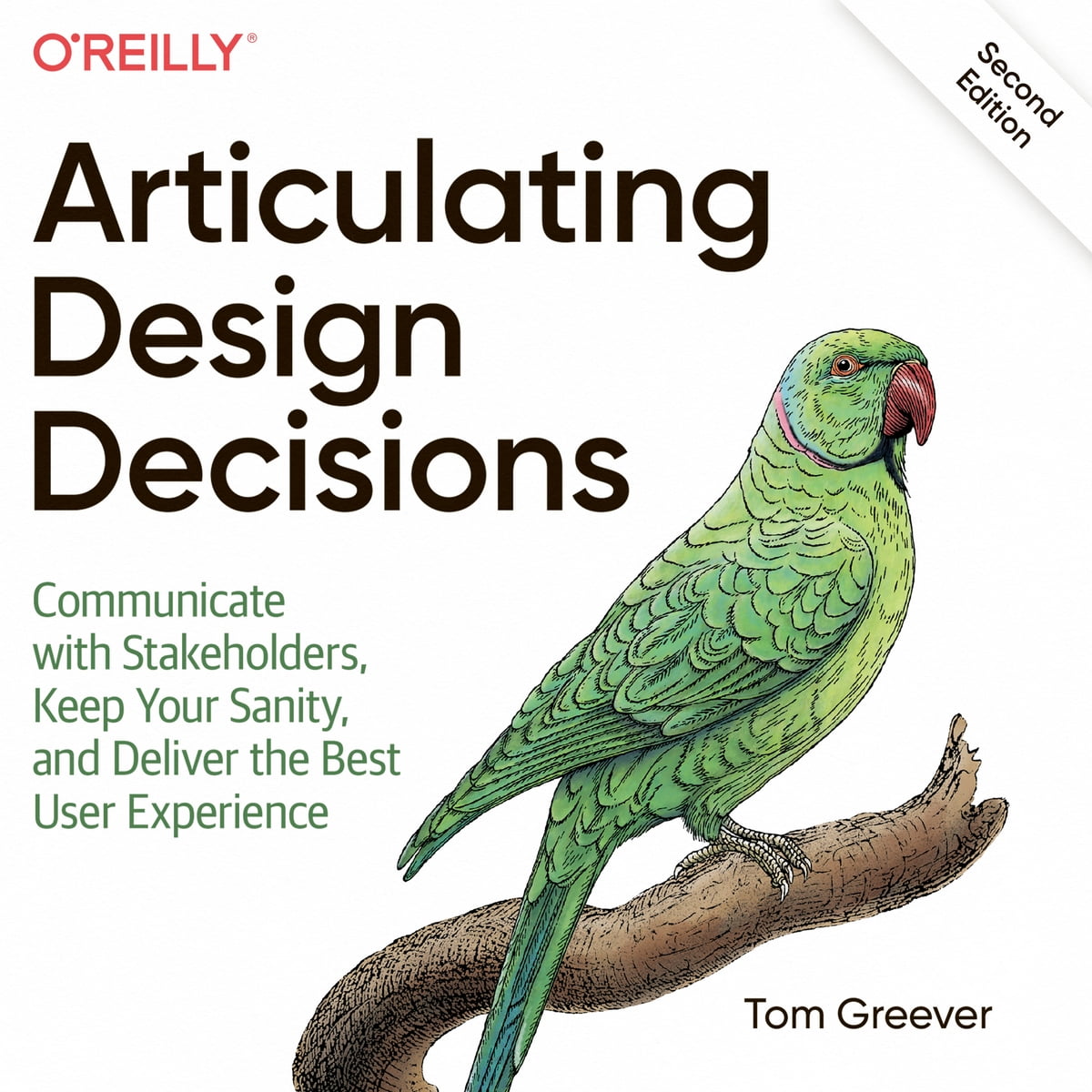Summary
- The convergence of access, data, and speed is making the world a more habit-forming place
- Business that create customer habits gain a significant competitive advantage
- The Hooked Model describes an experience designed to connect the user’s problem to a company’s product frequently enough to form a habit
- The Hooked model has four phases: trigger, action, variable rewards and investment
- When successful, forming strong user habits can have several business benefits including higher customers life time value (LTV), greater pricing flexibility, supercharged growth and a sharper competitive edge
- Habit-forming products often start as nice-to-haves (vitamin) but once the habit is formed, they become must-have (painkillers)
- People declared preference- what they say they want - are far different from their preference - what they do. When researchers focus on what people actually do rather than what they wish they did A⇒ expand possibilities. Ask yourself what pain these habits solve and what the user might be feeling right before one of these actions. Eg. why do people send text messages? Why do they take photos?
- One method to understand the user is to try asking the question “Why?” as many times as it takes to get to an emotion
- Trigger come in two types: external and internal. External triggers tell the user what to do next by placing information within user environment. Internal triggers tell the user what to do next through associations stored in the user’s memory
- Three ingredients required to initiate any behaviors: (1) the user must have sufficient motivations, (2) the user must have the ability to complete the desired action; (3) a trigger must be present to activate the behavior (eg. answer the phone ringing) ⇒ B=MAT
- Usability: understand the reason people use a product or service→ layout step the customer must take to get the job done → once the series of tasks from intention to outcome is understood, simply start removing steps until you reach the simplest possible process
- Any technology or product that significantly reduces the steps to complete a task will enjoy higher adoption rates by the people it assists. To successfully simplify a product, we must remove obstacles that stand in the user’s way
- What is the thing that is missing that would allow my users to process to the next step?
- Influencing behavior by reducing the effort required to perform an action is more effective than increasing someone’s desire to do it.
- Every behavior is driven by one of three Core Motivators: seeking pleasure and avoiding pain; seeking hope and avoiding fear; seeking social acceptance while avoiding social rejection
- Reward must fit into the narrative of why the product is used and align with the users internal trigger and motivation
- People often feel constrained by threats to their autonomy and rebel. To change the behavior, product must ensure the users feel in control. People must want to use the service, not feel they have to
- The more effort we put into something, the more likely we are to value it; we are more likely to be consistent with our past behaviors; we change our preferences to avoid cognitive dissonance
- Rationalization - helps us give reasons for our behavior, even when those reasons might have been designed by others
- Asking users to do a bit of work (investment) should happen after, not before, user received variable rewards. The timing of asking for user investment is critically important
- The stored value users put into the product increases the likelihood they will use it again in the future and comes in a variety of forms


.png)
.png)